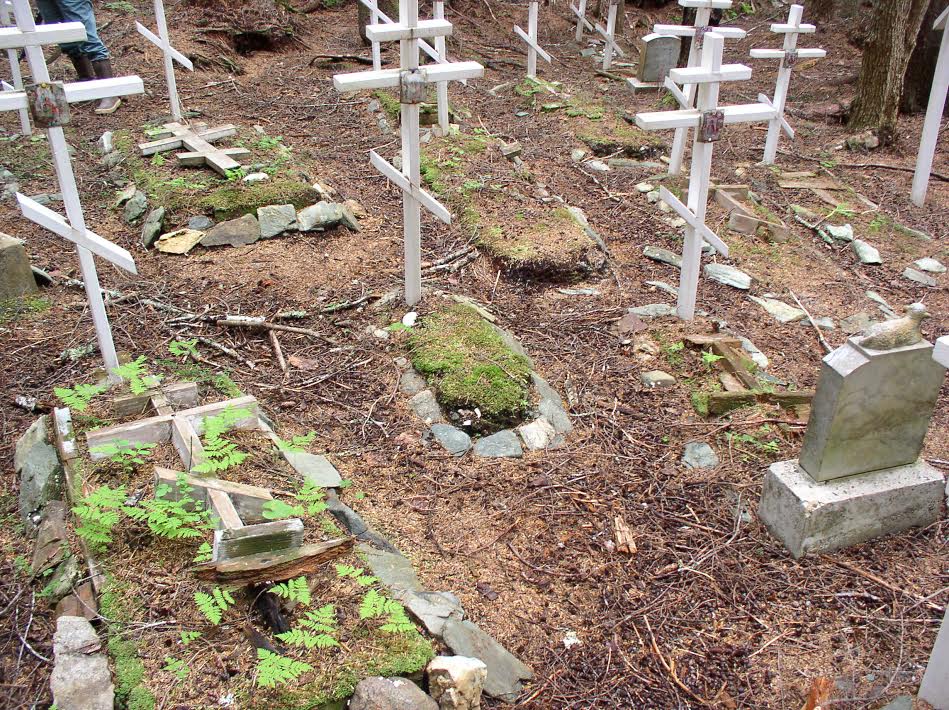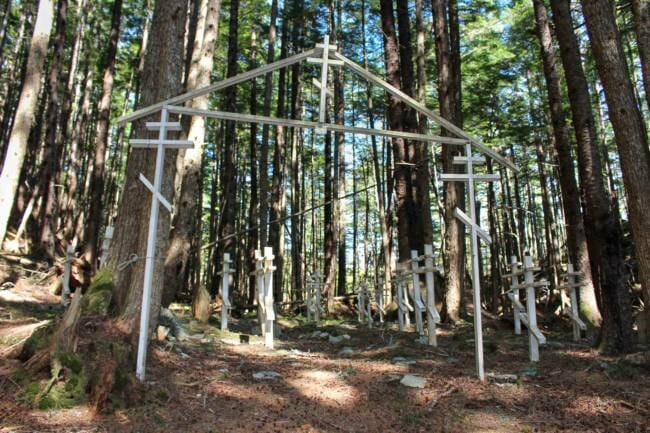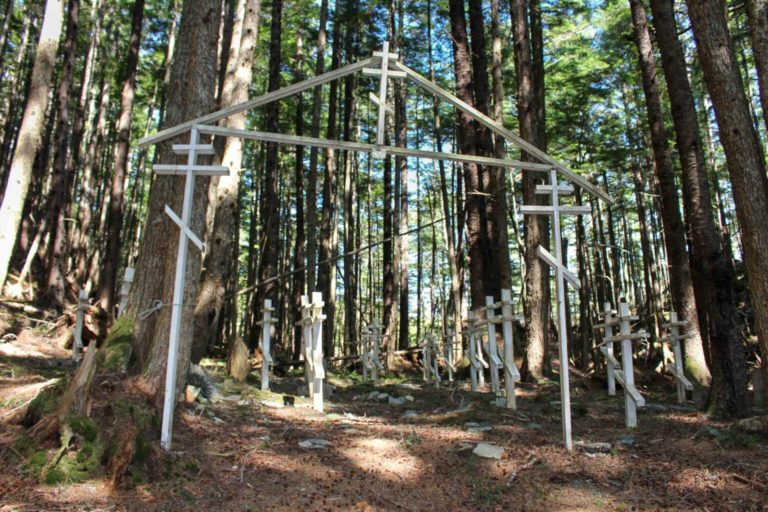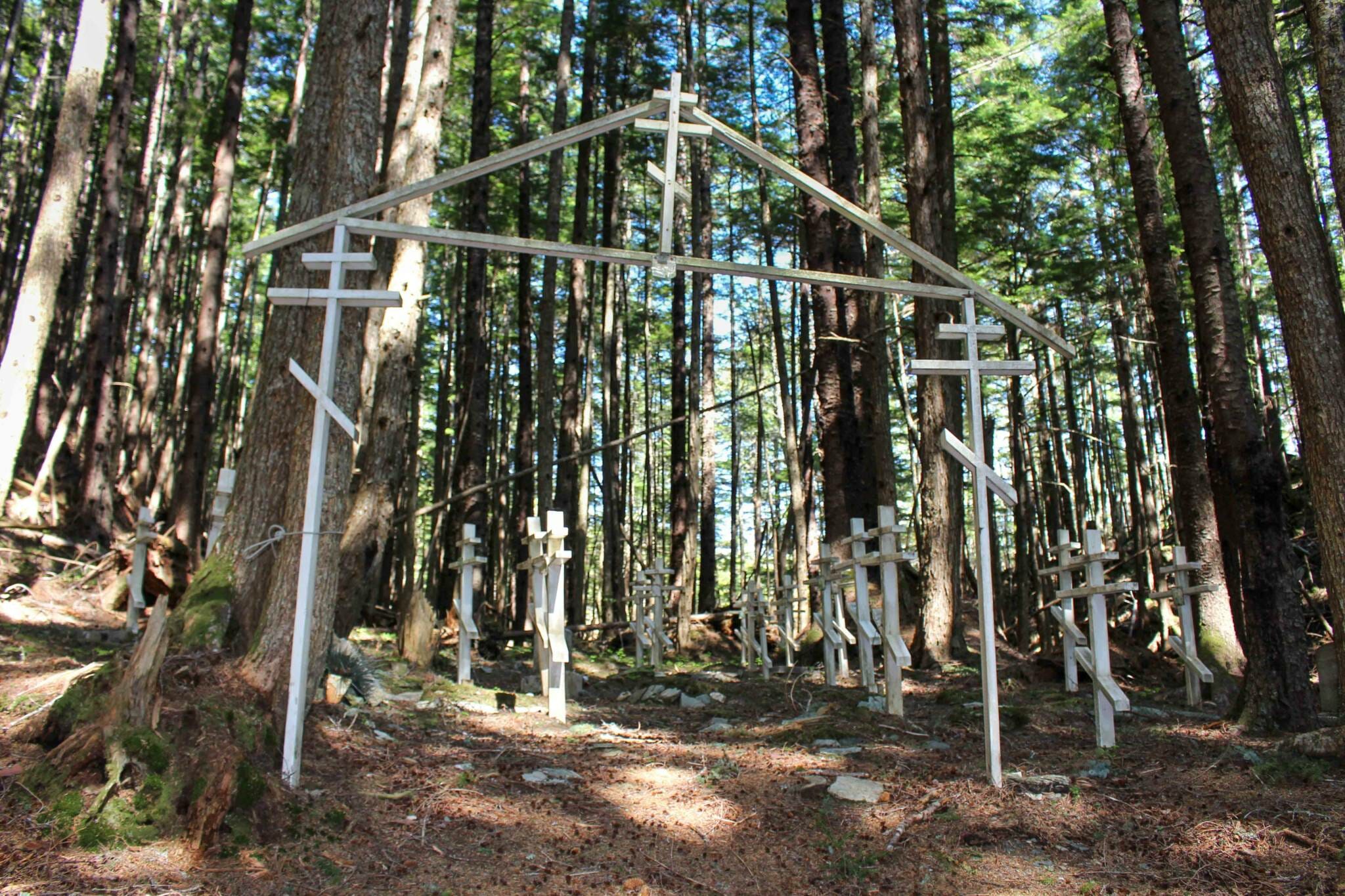

It would be decades before the haunted survivors told their stories.

Afterwards, life on the islands would never quite revert back to its previous stability: alcoholism would take hold and some villages would never be repopulated. It would result in three years of suffering and the death of more than a tenth of the Aleuts in the camps. The evacuation was prompted partly by a sense of paternal benevolence and responsibility but was conditioned by racist attitudes. The trees, more than anything else, represented the strangeness and terror of their sudden relocation. And so the United States government had brought their native occupants, the Aleuts, here, to a handful of makeshift camps in the coastal rainforest of the Alaskan panhandle, to wait out the inferno. Japanese bombs had fallen on Dutch Harbor, and Japanese troops occupied the westernmost islands in the chain. The Second World War had stormed the Aleutians, a far-flung string of islands off Alaska’s southwestern coast. She had come-they had all come-from their treeless islands, against their will, to this rainy slice of dense, damp forest, wedged between mountains and ocean. But she felt trapped once she stood beneath their branches. She'd found the trees interesting, in the books. "I used to look at them in school books," a woman recalled, seventy-one years after she first saw them. The towering hemlocks and the Sitka spruce the scrubby shore pines and the leafy alders. What if they forgot us? Then we saw two enthusiastic young ladies, holding up a “Welcome Winter Bear” sign.All of the survivors remember the trees.

We had a nanosecond of apprehension as we arrived in the “big city” of Nome (pop. Paul Island only to be told that … Continue reading → Since we had hours to wait in Anchorage, we ventured into the city for an urban refresh returning to the airport in plenty of time to check in with our charter for St. Paul to Unalaska, but when we finally dipped down below the fog, we saw mountains rising straight up out of the ocean harbors everywhere boats and beaches, high-tech fish … Continue reading → It was thick fog for the entire 268-mile charter from St. This entry was posted in 2019 Tour by Josh Klauder. Paul from the beach (Joshua Midgett photo) Jason Bourdukofsky, Vice City Mayor of St.
Funter bay internment camp cemetery mac#

Paul School’s fifth grade class trip to Florida was in peril because their scheduled flight from St. Paul School Superintendent, called with a problem. As if the Universe heard him, at that very moment the St. With that he sent our food on to Unalaska, our last stop. “We have to trust the community to provide.” “We’ve seen what communities can do,” he challenged us when we looked dubiously at him. PaulĪt this point, our Tour Manager Joshua had the great(?) idea to drop our food, which conveniently weighed about 200 pounds. Mac Mandregan who took great care of us in St.


 0 kommentar(er)
0 kommentar(er)
